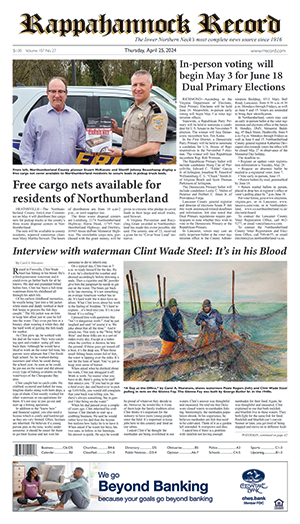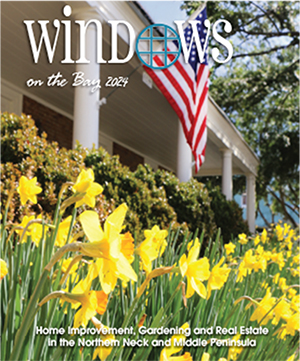by Henry Lane Hull
The current concerns about the spread of the coronavirus evoke comparisons with the Black Death that ravaged Europe from 1347 to 1351. Also known as the Great Plague, the disease probably originated in Central Asia and traveled along the Silk Road into the Crimean Peninsula and from there into Western Europe.
The most likely carriers were fleas that infected rats on Genoese merchant vessels bringing goods from the East to Western Europe. From its arrival in Italy, the infection spread northward throughout the continent. As no censuses were taken back then, the exact numbers of people who died are unknown, with estimates ranging from 100 million to 125 million.
Modern sanitation methods were yet to be known in Europe, thus the spread of the sickness went virtually unchecked for four years. Ironically, one of the most influential legacies of the Black Death came in the field of literature. The Renaissance was in its early stages, with Italy leading the movement out of the Middle Ages into the modern era.
Whereas in medieval times the universal language was Latin, which continued and actually flourished in the Renaissance, in a parallel development new attention focused on the vernacular, or modern speech, and specifically in the Italian city of Florence on the Italian language. An early proponent of the use of the local Italian was Giovanni Boccaccio, who was born in 1313 at Certaldo, a small city near Florence.
Boccaccio became an important humanist scholar, one who studied classical Latin with great proficiency, but his more significant legacy for our time came in his popularization of the use of the local Florentine language that ultimately became what we know as Italian. Early in life he accompanied his family to Naples where his father arranged for him to go into banking, but when he did not like that path, he switched to the study of law which he pursued for six years.
Neither of these career choices was to last, and in their stead he chose to pursue literature. Here is where his lasting fame rests. Although he wrote many works, his most significant for the emergence of the modern Italian language was Il Decamerone, known in English translation as The Decameron. As a work of literature, The Decameron owes its inspiration to the prevalence of the Black Death, which was a form of bubonic plague, across the Italian peninsula.
As a storyline, Boccaccio had 10 citizens of Florence, three men and seven women, leave the city to stay for 10 days at a country villa to try to escape the rampant spread of the plague. They retreated to the countryside. To occupy themselves they decided that each would tell a story every day, thus he had 10 people telling 10 stories, for a total of 100 tales of all sorts of experiences.
Many of the stories were by contemporary standards what we should call ribald or risqué, making light-hearted fun of people and institutions. Later in life Boccaccio, having taken minor orders in the church, attempted to destroy what he originally had written in The Decameron, in effect producing a “cleaner” version. In that effort at destruction he was unsuccessful and the original remains.
As his life progressed, Boccaccio entered government service as a diplomat being sent by Florence to other states, including Avignon, where the popes were living in the fourteenth century. He died in 1375 at Certaldo, his birth city, and is buried there.
Now with such greater knowledge of disease and how it spreads, we can hope that the course of the coronavirus will pale in comparison with that of the Black Death, but the similarities with a rampantly spreading disease are present. Perhaps no Boccaccio will come forth to contribute to the aura of what is happening, but we all can be grateful that our world today is more attuned to combating devastating illness than was the world of his days.












